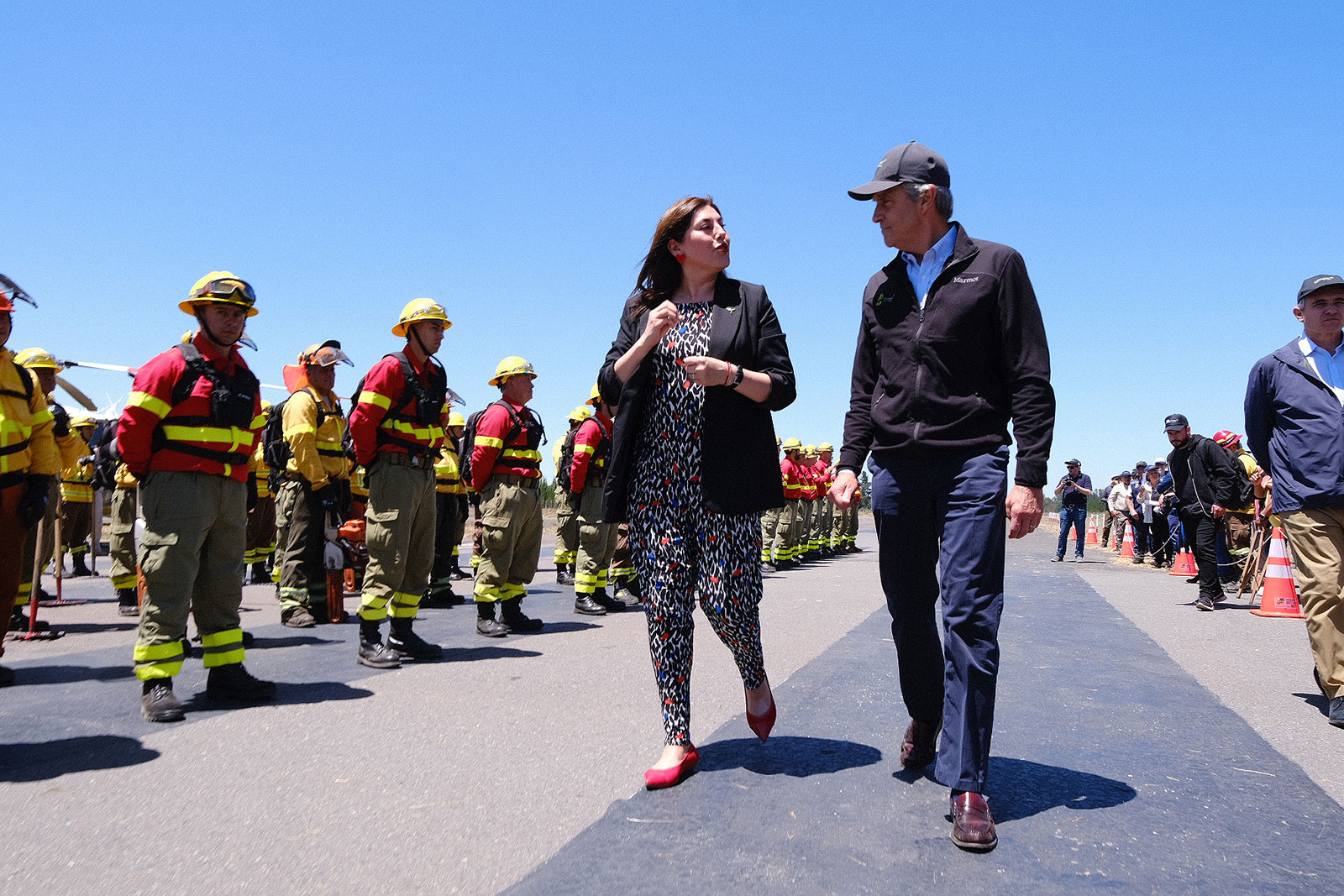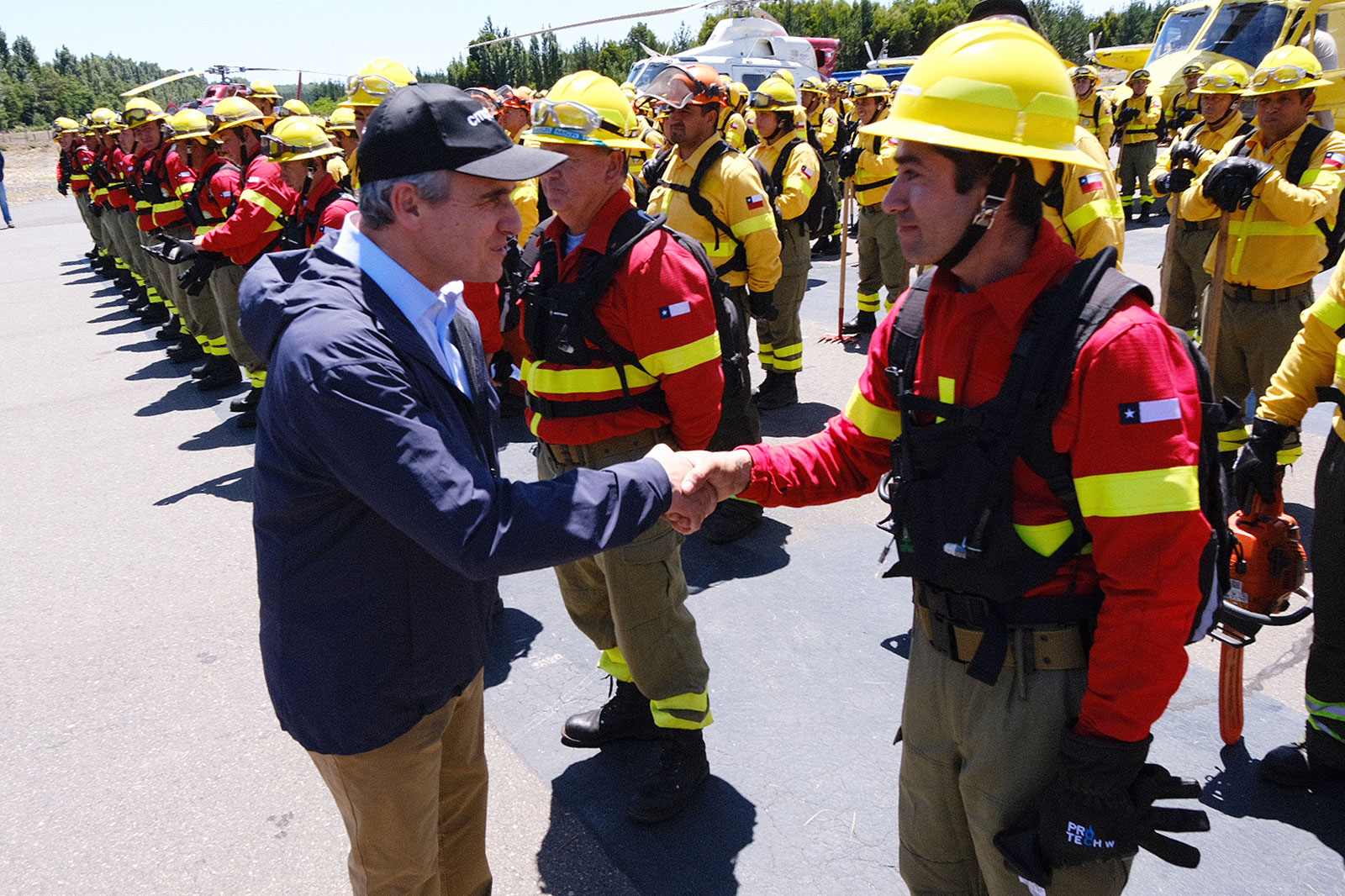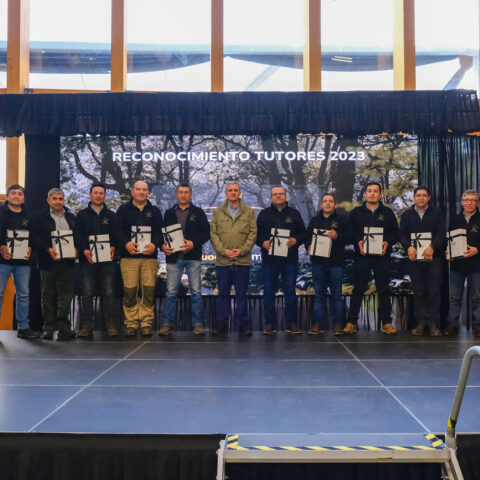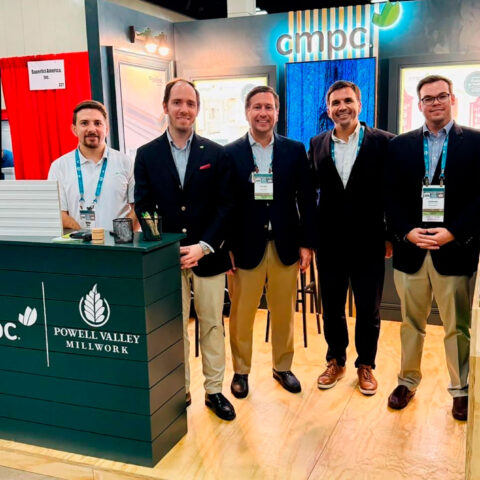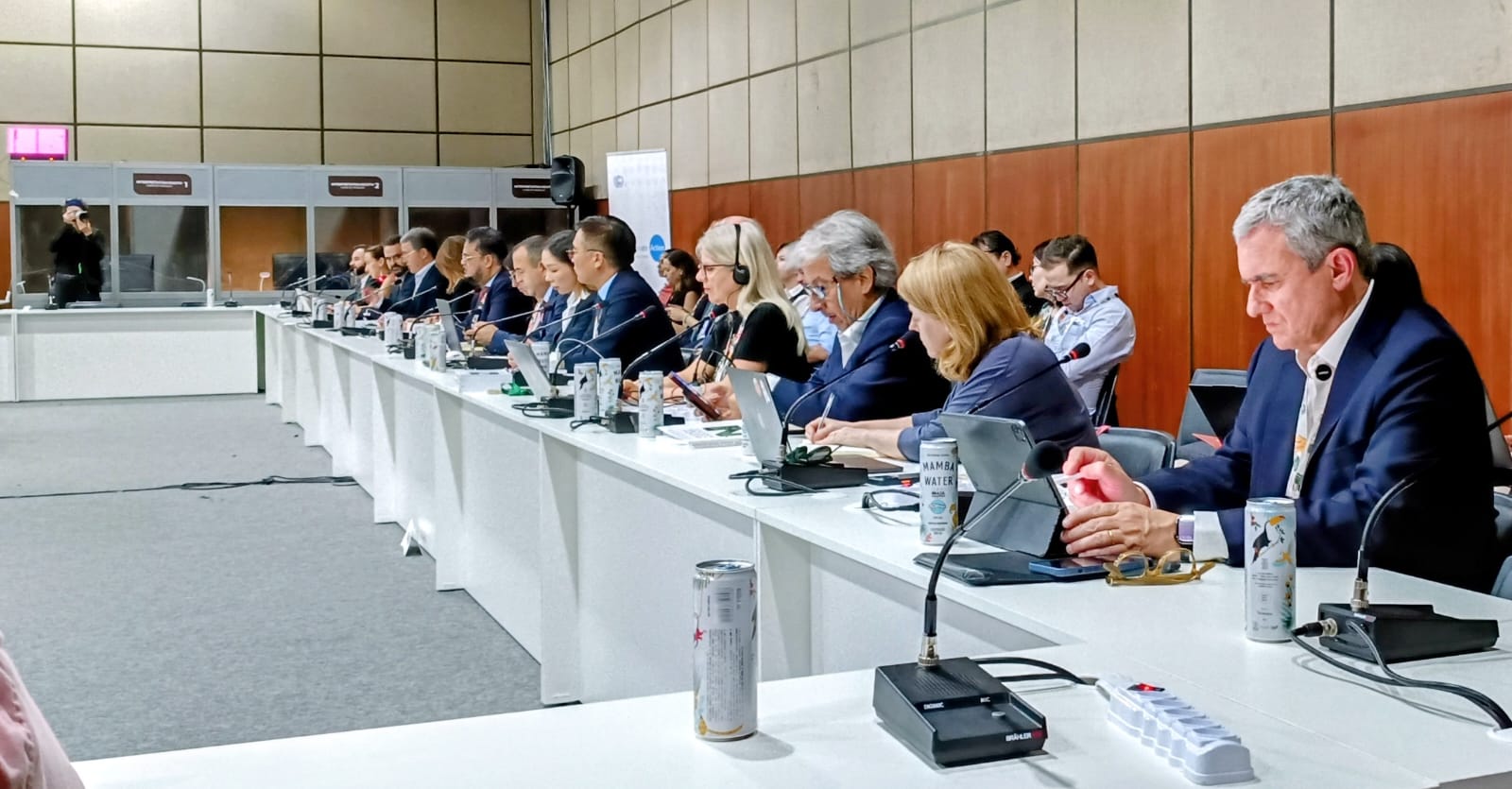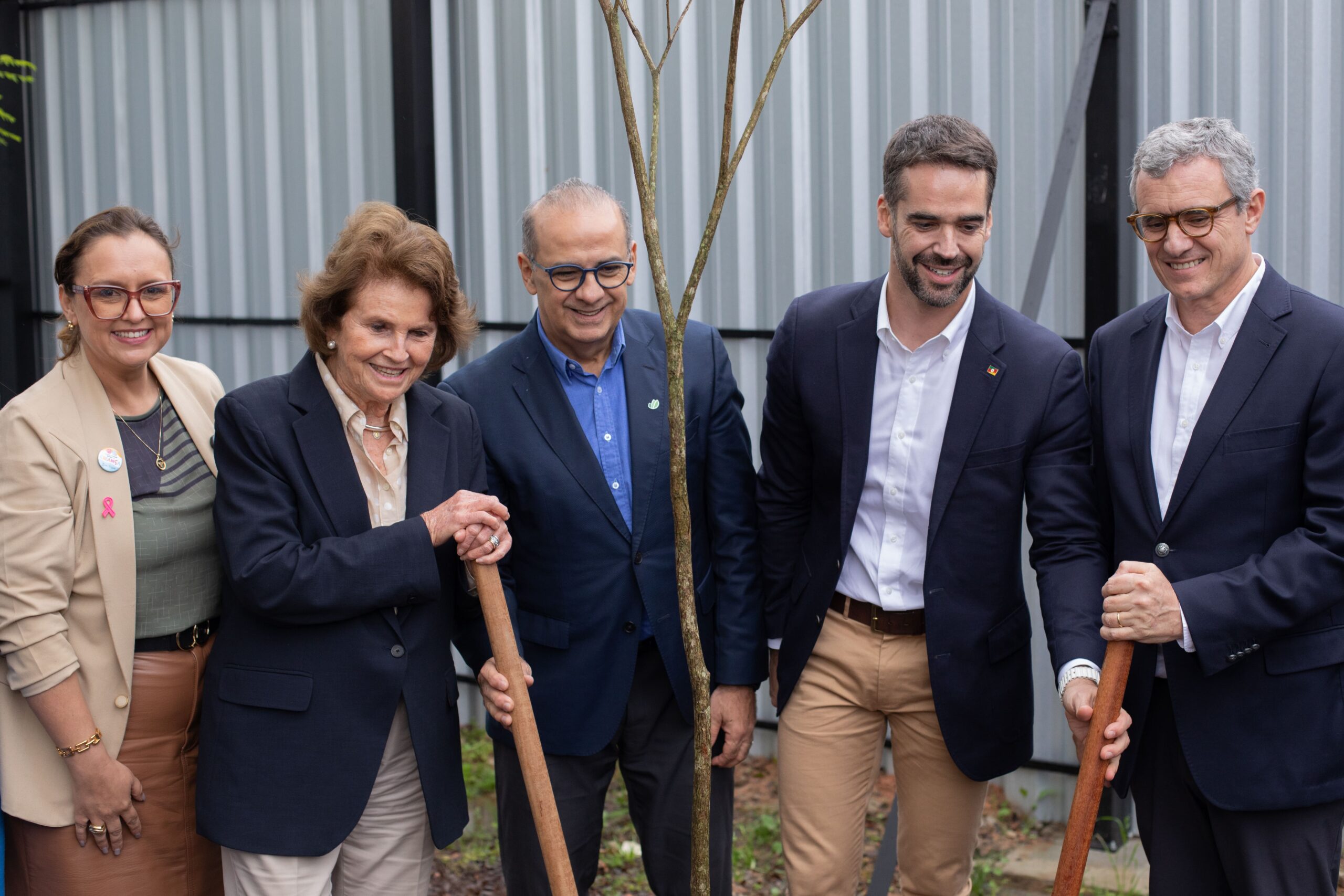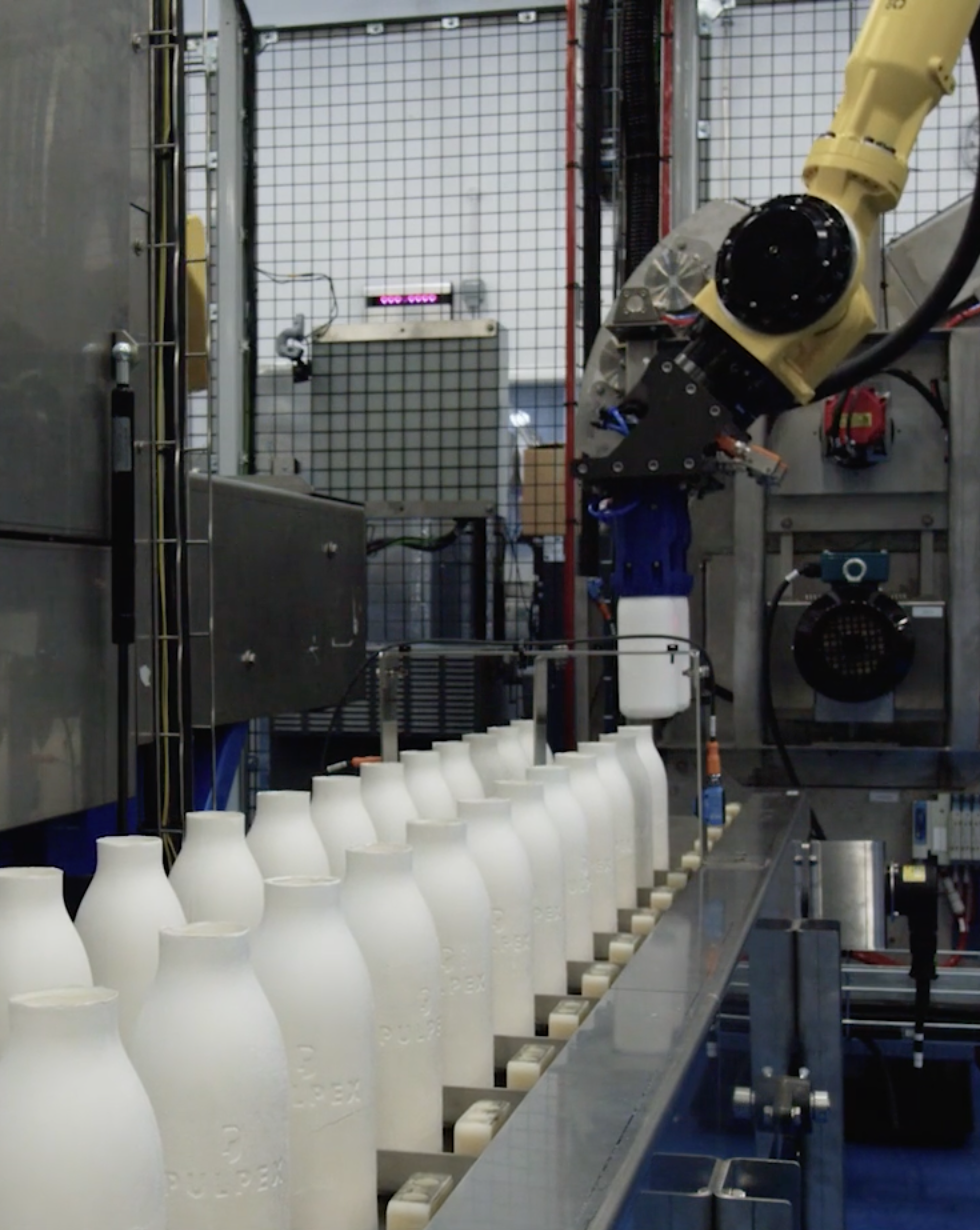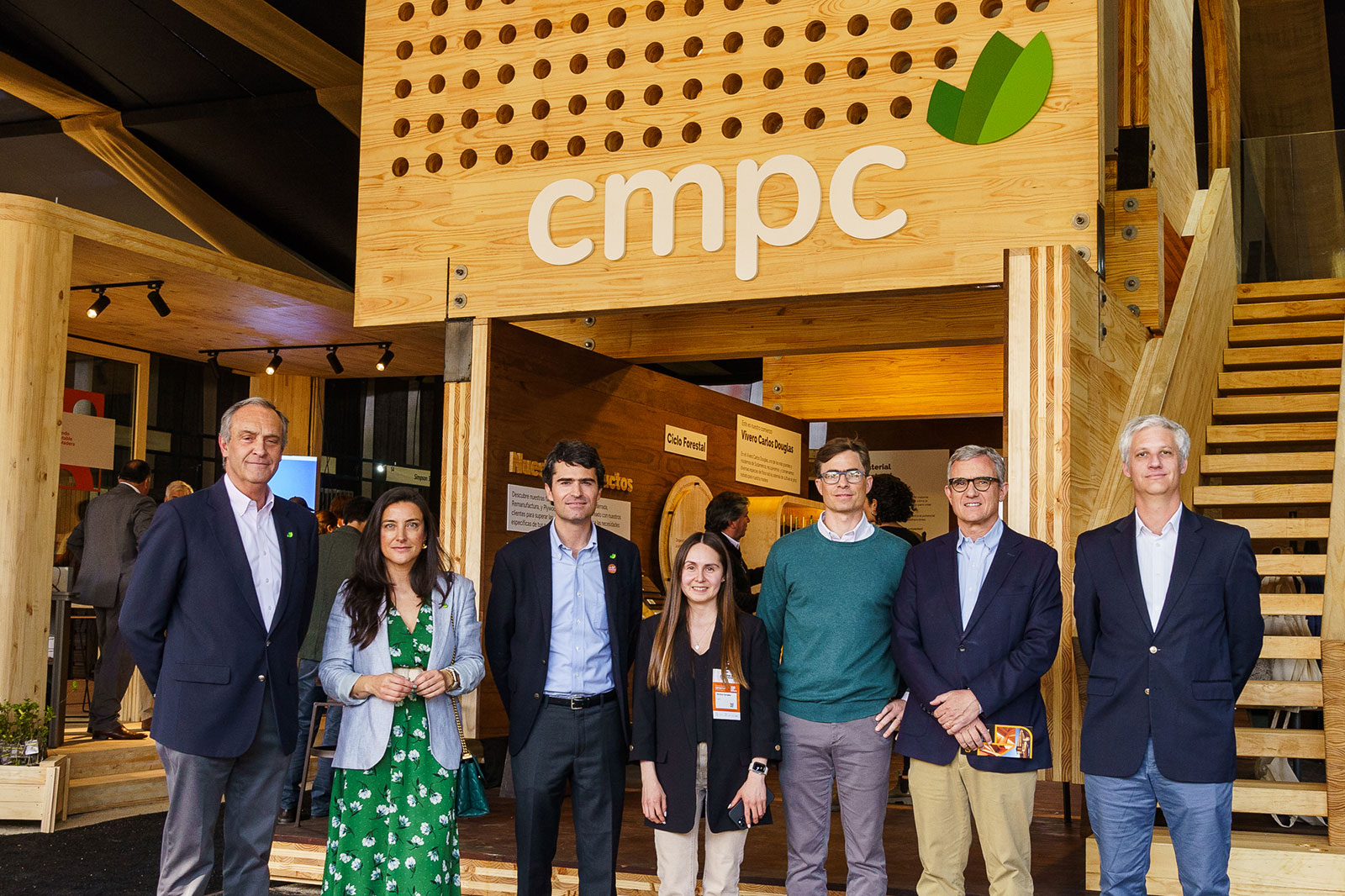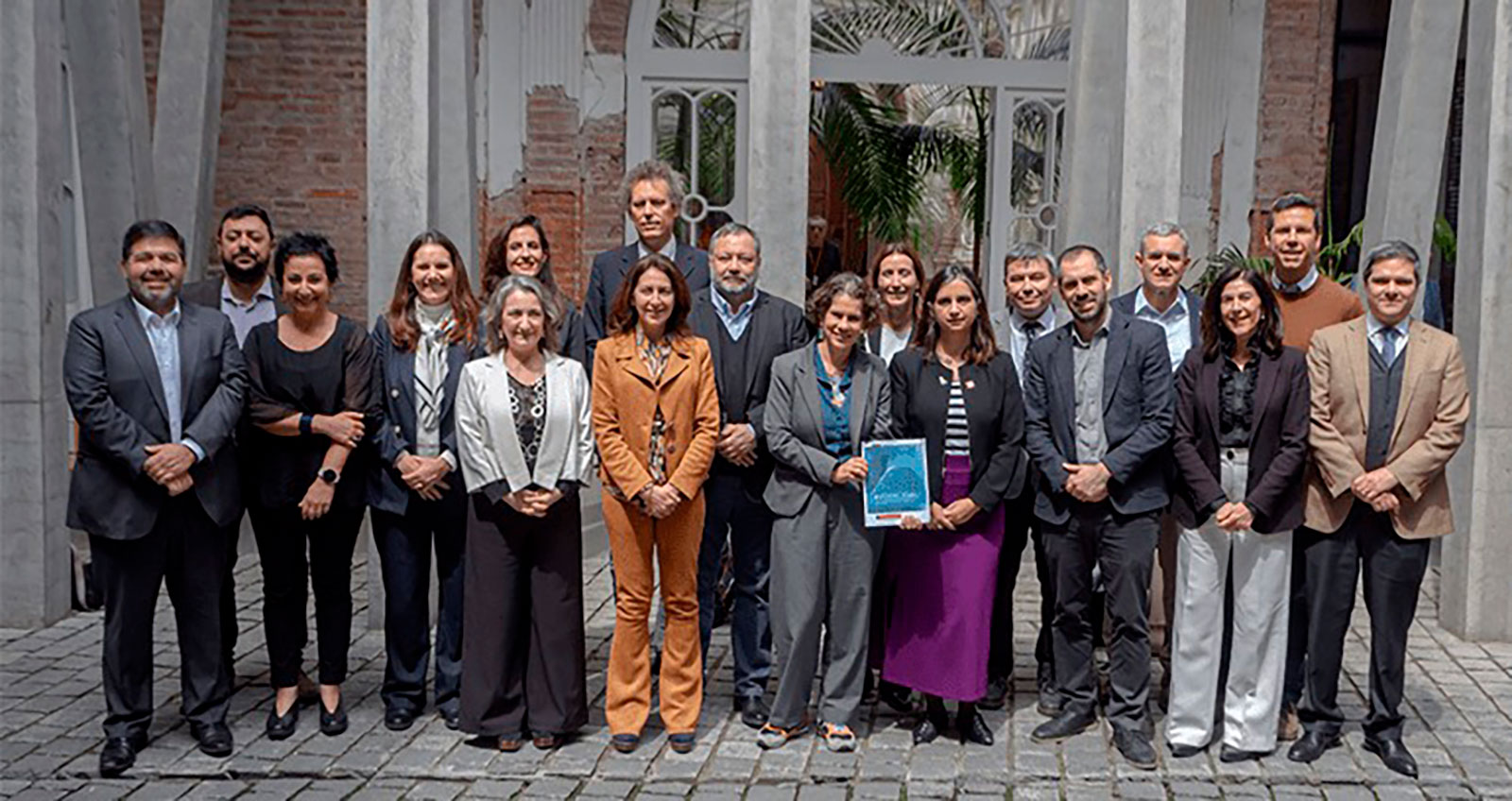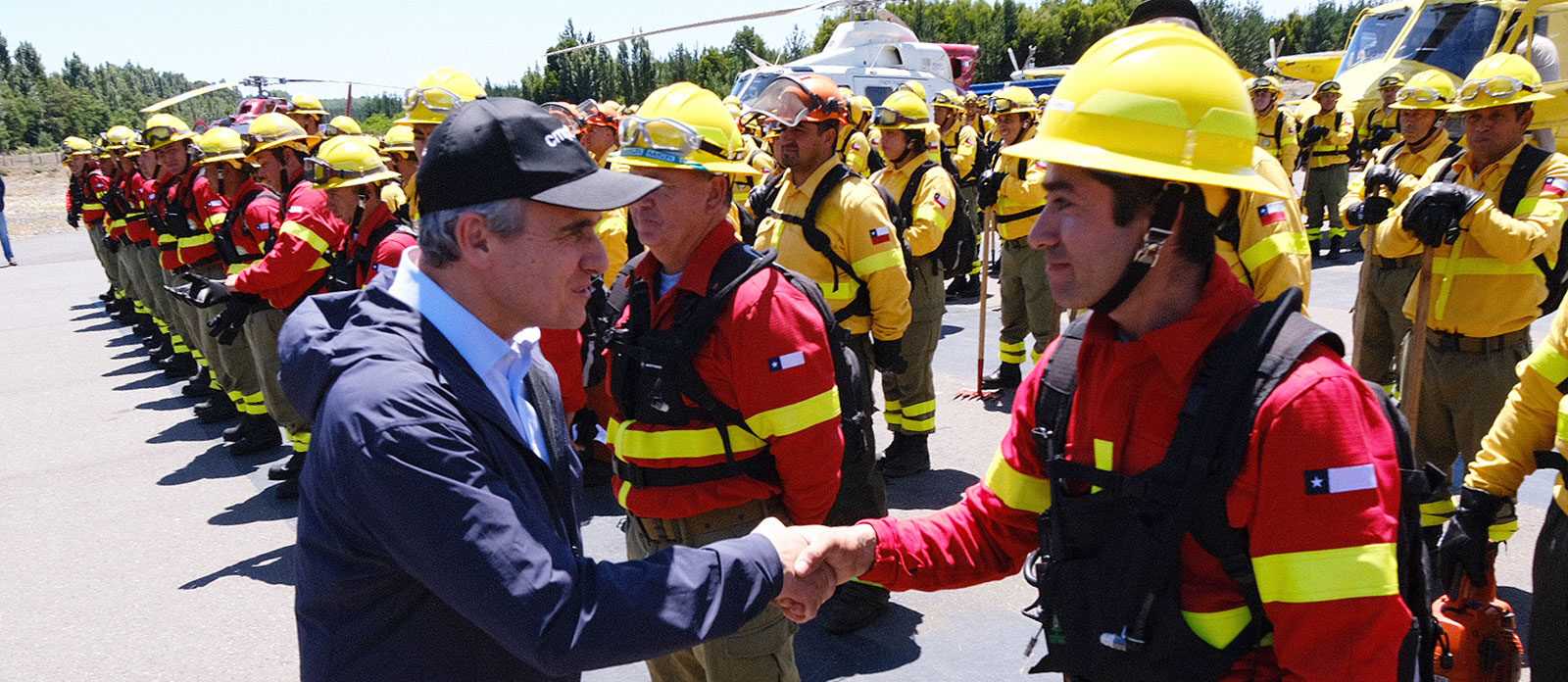
CMPC adds more fire prevention and fighting resources to Chile’s arsenal
22 de December, 2023
A total of 23 aircraft and more than 1,300 firefighters are part of the crew the company just announced on Tuesday to deal with this summer’s fire threat in Chile.
CMPC showed all the items needed for combatting any upcoming fires to more than 400 representatives of the community, emergency services and authorities. Attendees learned about CMPC’s air resources as well as the technical and human support that will be on hand in the event of a fire.
CMPC has prepared in advance to properly fight rural fires and ensure that all the right equipment for dealing with such unfortunate events in done in the best possible way. To this end, it has 9 tanker aircraft for initial combat, with a capacity of 3 thousand liters that can launch water and retardant; 2 coordination aircraft, 12 helicopters and 179 fire brigades divided into land, tanker, mechanized, female interface, multipurpose and forestry brigades, and whose total complement amounts to 1,326 fire brigades equipped and trained for firefighting.
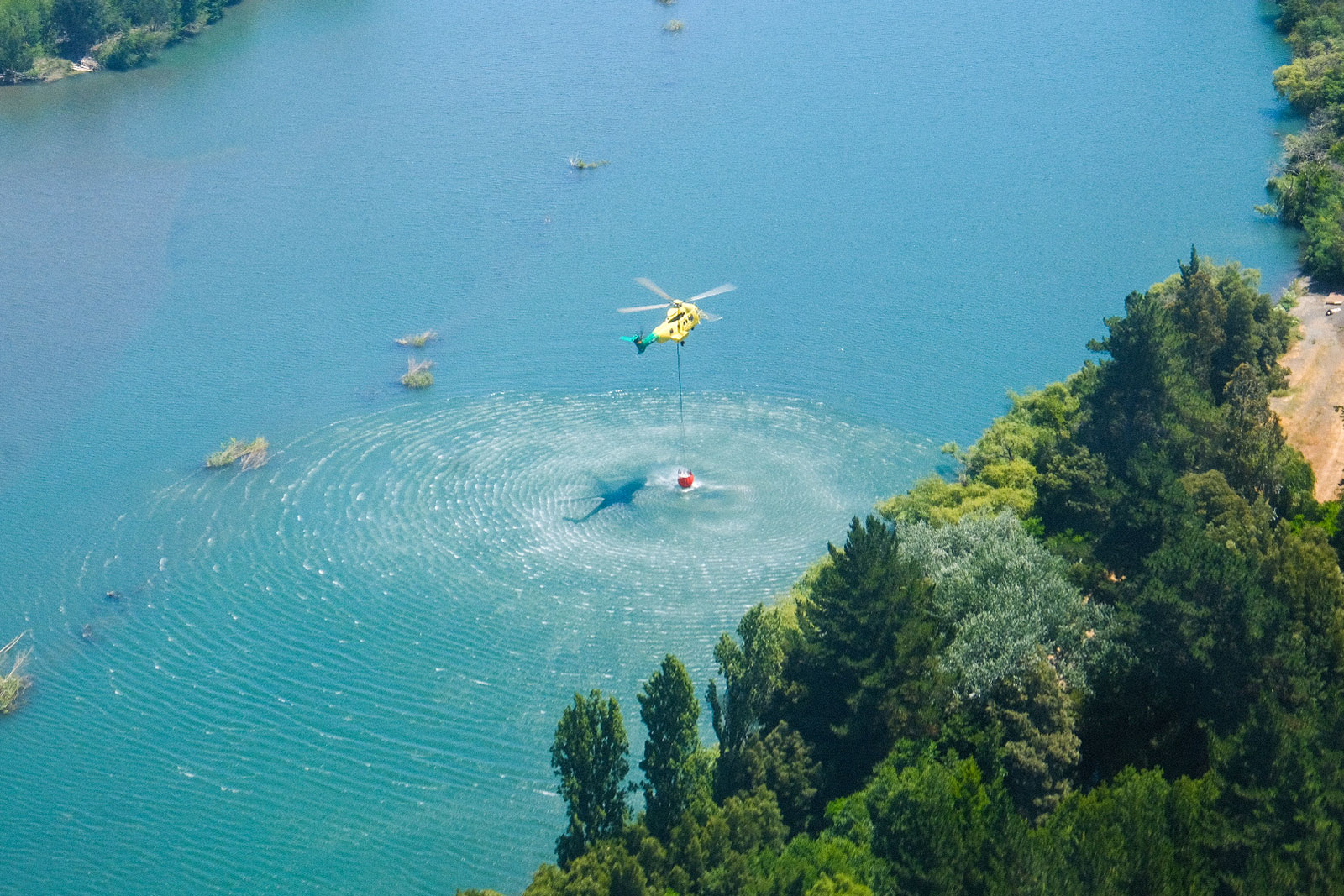
As for the 12 available helicopters, most of which were on display, there are:
- 1 AirBus 355 F for fire management and coordination
- 7 medium-sized Bell 212 and 412 for transporting firefighters and launching water, with a 1,200-liter capacity
- 4 large helicopters with a launch capacity of over 4,000 liters and transport of 15 firefighters each:
- 2 Super Puma
- 1 Kamov
- 1 Chinook CH-46
The 179 fire brigades are comprised as follows:
- 7 heliborne fire brigades (126 firefighters)
- 21 ground brigades (315 firefighters)
- 11 tank brigades (99 firefighters)
- 8 mechanized brigades (16 firefighters, to which must be added the potential to run 30 more harvesting machines)
- 1 female interface brigade (6 firefighters)
- 101 multipurpose brigades (404 firefighters)
- 30 forestry brigades (360 people)
The detailed plan also includes six command posts equipped with technology and communications for handling fires with high damage potential. Regarding early threat monitoring, optical and satellite remote sensing technology will be available through the Ororatech platform (also useful for monitoring the spread of fires). On the optical side, there will be 100 remote sensing cameras (60 from CMPC and 40 through an agreement with CORMA [National Wood Corporation]). Both services will be ongoing 24/7 for the duration of the season.
Furthermore, an operations monitoring and control service called Heligrafics will be available from this year onward. This is in addition to the firefighting teams and aircraft that will be available to control and monitor potential outbreaks. It should also be noted that everything related to specialized meteorology will be worked on with Fernando Santibáñez, PhD in Bioclimatology from the University of Chile.
Above all, a call for fire prevention
At the resource presentation held this Tuesday at the Trilahue Base, which is a kay strategic center of the company for fire prevention and fighting efforts in Cabrero of the Biobío Region, CMPC Chairman Luis Felipe Gazitúa said, “This is a very significant ceremony because, first of all, it accounts for the close work between the public and private sectors, but for us it is also essential to highlight the central role that the firefighters fill in the fight against fires. Ultimately, they are the ones carrying out this arduous task.”
For his part, CMPC Companies CEO Francisco Ruiz-Tagle pointed out that, “Fires have the potential to turn into tragedies, affecting homes, forests, crops, animals, jobs and above all people. In a context such as this, at CMPC we think the only way to address them is by preparing professionally at the highest level and working together in coordination with other companies, government institutions and, of course, with society, and our neighbors.”
Meanwhile, Seremi Secretary of the Government of Biobío Jacqueline Cárdenas said, “Without a doubt, resources are important, but joint work as well. If the resource use isn’t properly planned out in conjunction with everyone in the community, it won’t ever be enough. We have to take care of ourselves and call on the fire brigades to welcome them and empathize with them.”
Lastly, Cabrero Mayor Mario Gierke highlighted the extent of this milestone by saying, “This values the work done by private companies in the Cabrero district. It is also important for us that this kind of work and logistics be done in the community, obviously not only working for the territory, but for the region in general and many more. The aim is to work closely together for prevention. Every one of us is needed to achieve the goal.” In addition to the highest local authority of Cabrero, other communities in the Biobío Region also participated, namely Lumaco, Nacimiento, Pemuco, Ercilla, Negrete, Yumbel, San Javier, San Nicolas, Loncoche and Collipulli.
